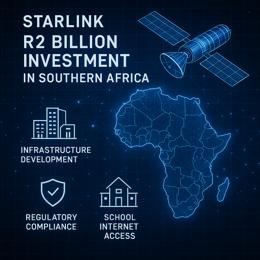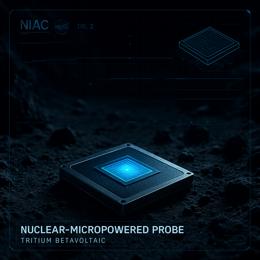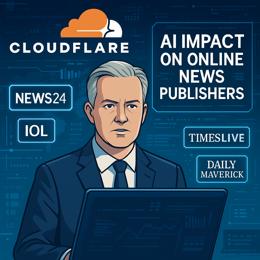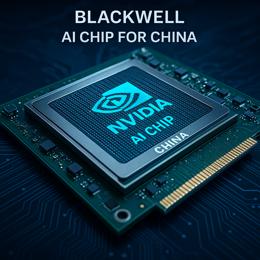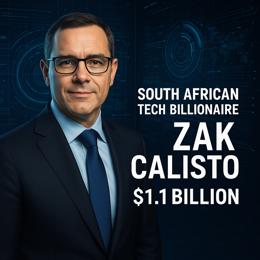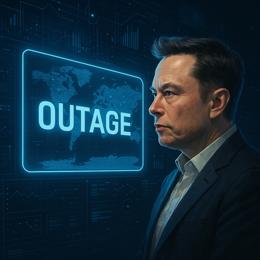Image created by AI
Leadership Shakeup at Intel as CEO Pat Gelsinger Steps Down Amid Struggles
In a pivotal move for Intel Corporation, CEO Pat Gelsinger has stepped down from his role amidst a challenging period for the chip giant which saw increased competition and financial woes. Hired in 2021, Gelsinger’s tenure was marked by ambitious attempts to revitalize Intel but met with formidable challenges that led to his premature exit.
Gelsinger, age 63, re-joined Intel with a celebrated return, promising to reclaim the company’s leadership in semiconductor technology. His strategy included bold initiatives, such as converting Intel into a chip manufacturer for other companies, directly contesting market leaders such as Taiwan Semiconductor Manufacturing Co. (TSMC) and Samsung Electronics Co.
This transformation involved expansive investments like the establishment of a massive new manufacturing site in Ohio, supported by federal incentives from the Chips and Science Act. However, Intel's strategic shift could not stave off the competitive pressures from Nvidia Corp., which dominates the AI-driven data center market with its advanced graphics processors.
Further complicating the landscape were disappointing financial performances under Gelsinger's leadership. Intel reported a significant loss in its latest earnings report on August 1, 2024, prompting the suspension of its dividends for the first time since 1992 and a drastic workforce reduction exceeding 15% of its 110,000 employees.
Amidst this tumult, Intel has named CFO David Zinsner and Michelle Johnston Holthaus, the new CEO of Intel’s product group, as interim co-CEOs. Frank Yeary will additionally take over as interim executive chair to guide the company through this transitional phase.
Johnston Holthaus, now a cornerstone in Intel’s strategy, is set to influence the company’s critical divisions, including client computing and AI technologies. Having been with Intel for nearly three decades, her deep-rooted experience in executive roles is expected to steer Intel's restructuring efforts effectively.
Intel's ongoing challenges reflect broader implications for the U.S. tech sector, particularly amid efforts by the Biden administration to strengthen domestic semiconductor production. Intel's fluctuations also reverberate through global semiconductor supply chains, impacting related industries and market dynamics.
Investors and industry watchers are now keenly observing how Intel’s interim leadership will address these pressing challenges, hoping for stabilization and strategic innovations that might restore confidence in one of America's foremost tech firms.

